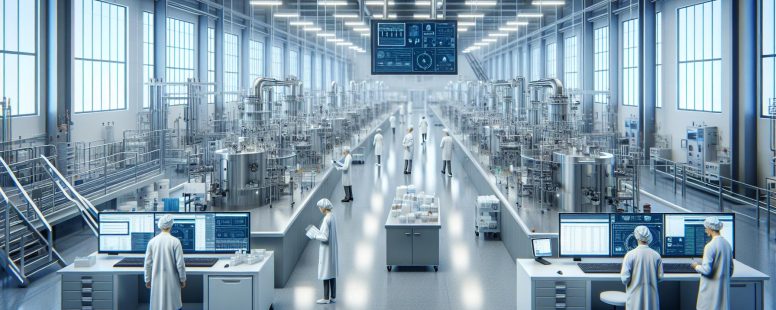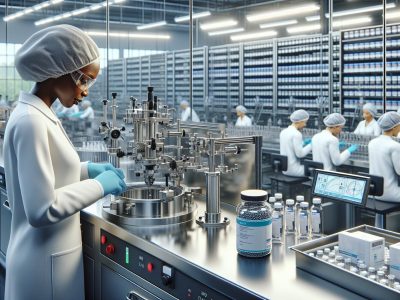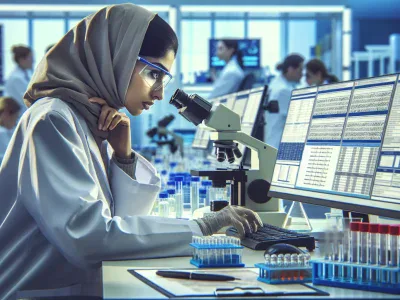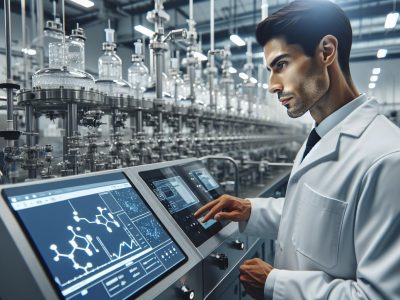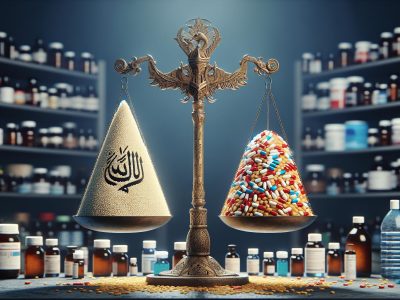Understanding the Difference Between GMP and cGMP: Key Insights for Compliance Success
Picture walking into a pharmaceutical lab where precision isn’t just expected—it’s the law. Every pill, cream, or injectable you rely on for your health passes through rigorous standards to ensure safety and quality. But what sets these strict guidelines apart? Terms like GMP and cGMP often get thrown around interchangeably, yet they hold distinct meanings that directly impact the products you trust.
Understanding the difference between Good Manufacturing Practices (GMP) and Current Good Manufacturing Practices (cGMP) is more than industry jargon—it’s about knowing how companies stay accountable in an ever-evolving world of innovation. While GMP lays the foundation for safe manufacturing processes, cGMP takes it a step further by emphasizing adaptability to new technologies and methods. This distinction might seem minor at first glance, but it plays a crucial role in ensuring that today’s standards meet tomorrow’s demands.
Understanding GMP And cGMP
Good Manufacturing Practices (GMP) and Current Good Manufacturing Practices (cGMP) serve as essential frameworks for ensuring product quality in industries like pharmaceuticals. While both focus on safety and efficacy, their principles differ in scope and application.
What Is GMP?
GMP represents a set of foundational guidelines designed to maintain consistent manufacturing standards. These practices encompass fundamental requirements such as hygiene protocols, equipment maintenance, and proper documentation. For instance, maintaining cleanroom environments during drug production reduces contamination risks.
Regulatory agencies like the World Health Organization (WHO) emphasize adherence to these benchmarks for market approval. But, GMP guidelines remain static over time, making them insufficient when new technologies or methodologies emerge.
What Is cGMP?
cGMP builds upon traditional GMP by integrating the “current” aspect into compliance measures. It requires manufacturers to stay updated with advancements in technology, scientific methods, and regulatory expectations. For example, using automated systems for quality control aligns with cGMP’s dynamic approach.
The US Food and Drug Administration (FDA) enforces cGMP regulations under Title 21 of the Code of Federal Regulations (CFR). This ensures that companies continually evaluate processes to meet evolving industry standards rather than relying on outdated practices.
By adapting to innovation while upholding strict safety criteria, cGMP enhances product reliability across global markets.
Key Differences Between GMP And cGMP
Understanding the distinctions between GMP and cGMP is essential for ensuring compliance with manufacturing standards. While both aim to maintain product safety and quality, their approaches differ significantly.
Evolution Of GMP To cGMP
GMP originated as a set of static regulations focused on maintaining consistent processes. Over time, the pharmaceutical industry recognized that these fixed guidelines couldn’t address emerging challenges or advancements in technology. This realization led to the development of cGMP, which builds upon traditional GMP by integrating a dynamic approach.
For example, while GMP might require equipment maintenance at regular intervals, cGMP emphasizes real-time monitoring through advanced sensors to detect wear-and-tear earlier than scheduled checks would allow. The shift reflects an ongoing commitment to improvement rather than adherence to outdated methods.
Emphasis On Current Practices
cGMP places greater importance on staying updated with modern manufacturing techniques compared to standard GMP practices. Manufacturers under cGMP actively adopt innovations such as automated production systems and data-driven quality control measures.
Picture relying solely on paper-based records for compliance audits—that’s typical under older GMP frameworks but increasingly replaced by digital tracking systems in cGMP facilities. This ensures not only accuracy but also quicker identification of deviations from required standards.
Regulatory Requirements And Guidelines
The FDA enforces stringent rules under both GMP and cGMP; but, compliance expectations are more rigorous with the latter due its emphasis on adaptability. For instance, while meeting basic sanitation requirements suffices under traditional GMP protocols, adhering to cGMP involves validation of cleaning processes using measurable outcomes like microbial limits testing or residue analysis.
These distinctions highlight why multinational companies prioritize adopting cGMP over merely fulfilling foundational GMP criteria—it’s about aligning not just with today’s needs but also preparing for future regulatory landscapes globally.
Importance Of GMP And cGMP In Industries
Good Manufacturing Practices (GMP) and Current Good Manufacturing Practices (cGMP) are essential frameworks ensuring consistent quality, safety, and efficacy in various industries. Their significance spans sectors like pharmaceuticals, food production, cosmetics, and medical devices.
Ensuring Product Quality
GMP establishes a baseline for uniformity in production processes. It ensures that every product meets specified standards by focusing on documentation, employee training, and equipment validation. For example, batch records under GMP confirm that each step of manufacturing follows predefined protocols.
cGMP enhances these principles through continuous process improvement and technology integration. Real-time monitoring systems exemplify this difference by replacing periodic inspections with live data analysis. This approach minimizes deviations and enhances precision during manufacturing runs.
Industries relying on biological processes benefit significantly from cGMP’s adaptability. Modern biopharmaceutical companies use automated fermentation tanks regulated under cGMP to maintain optimal conditions for cell growth without manual intervention.
Enhancing Consumer Safety
Adherence to GMP reduces contamination risks by defining strict hygiene practices, facility layouts, and raw material handling procedures. These measures form a protective barrier against hazards affecting end-users’ health.
cGMP prioritizes consumer safety further by mandating risk assessments at every stage of production. For instance, hazard analysis critical control points (HACCP), widely applied in food manufacturing under cGMP guidelines, identify specific threats like microbial contamination or mislabeled allergens before products reach consumers.
Challenges In Implementing GMP And cGMP
Adopting GMP and cGMP standards involves addressing several challenges that impact compliance, operational efficiency, and resource allocation. These hurdles can differ based on organizational size, industry regulations, and technological capacities.
Compliance Costs
Implementing GMP or cGMP requires significant financial investment to meet regulatory standards. Expenses include infrastructure upgrades, employee training programs, quality control systems, and ongoing audits. For instance, pharmaceutical companies often allocate millions annually toward laboratory equipment validation and process monitoring technology. Small businesses may struggle more with these costs compared to larger corporations due to limited budgets.
Non-compliance leads to additional penalties or product recalls that further increase expenses. According to the FDA’s enforcement reports from 2022 alone, over $50 million in fines were issued for manufacturing violations under cGMP guidelines. Balancing cost-effectiveness with stringent adherence is a persistent challenge.
Maintaining Up-To-Date Practices
Keeping up with evolving practices under cGMP demands continuous evaluation of procedures against emerging technologies and regulatory updates. Unlike GMP’s static nature, cGMP emphasizes agility in adopting innovations like automated inspection systems or data analytics software for production metrics tracking.
Organizations must invest time in retraining employees whenever new methods are introduced; this is particularly challenging without robust internal frameworks for knowledge dissemination. For example, transitioning from manual record-keeping to electronic batch records (EBR) improves traceability but requires IT system integration expertise—something not always readily available within smaller teams.
Conclusion
Understanding the distinction between GMP and cGMP is essential for maintaining compliance and ensuring high-quality production standards. While GMP lays a solid foundation, cGMP pushes you to embrace innovation and continuous improvement, aligning your processes with modern demands.
Adopting cGMP practices can elevate your operations through advanced technology and real-time monitoring while safeguarding consumer trust. By staying proactive with updates and regulatory requirements, you position yourself for long-term success in an ever-evolving industry.
- Understanding the Difference Between Yield and Return: Key Insights for Investors - October 1, 2025
- Key Differences Between Saving and Checking Accounts: Which Is Right for You? - October 1, 2025
- Top 7 Substitute Options for Bay Leaf to Enhance Your Recipes - October 1, 2025

